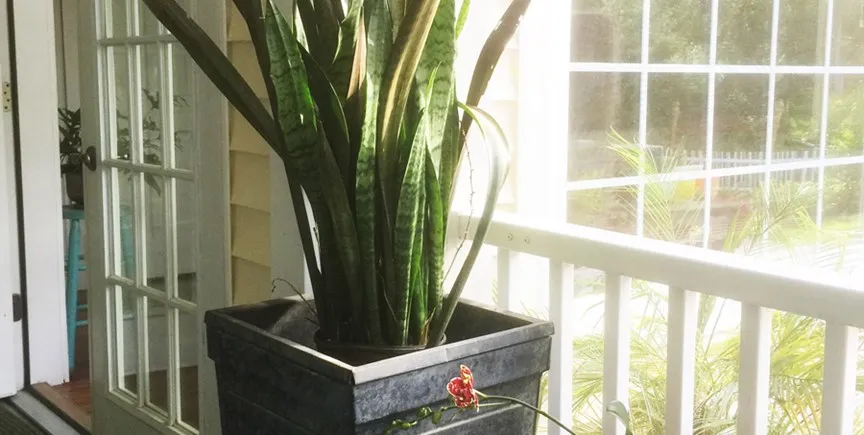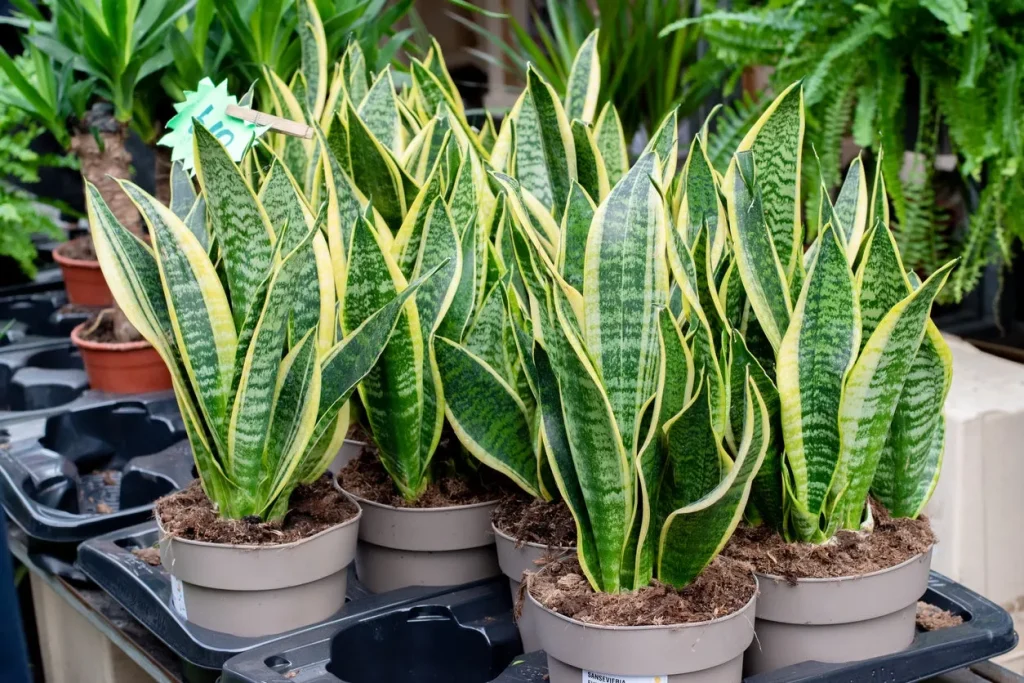Plants have been known to provide numerous benefits, including the ability to relieve stress and improve emotional well-being. In addition to their aesthetic appeal, studies have shown that plants can stimulate creativity, reduce stress levels, and even purify the air we breathe.
Snake plant, also known as Sansevieria or mother-in-law’s tongue, has gained a lot of popularity as an indoor plant due to its attractive appearance and low maintenance requirements. It is a succulent plant that is native to tropical West Africa but is now cultivated all over the world.
One of the most appealing features of the snake plant is its resilience. It can tolerate a wide range of growing conditions, including low light and infrequent watering. This makes it an ideal choice for beginners, frequent travelers, or anyone who may struggle with keeping plants alive. In fact, too much water can harm the plant, so it’s best to let the soil dry out before watering it again.
The snake plant is also known for its air-purifying abilities. It filters toxins from the air, such as formaldehyde, benzene, and trichloroethylene, which are commonly found in indoor environments. This makes it a great addition to any home or office space, as it can improve air quality and promote a healthier living environment.
As for its appearance, the snake plant has long, upright leaves that are usually green with yellow or white margins. There are also variations with darker leaves or different patterns. It can grow up to several feet tall, depending on the variety, and is often used as a decorative plant in living rooms, offices, and bedrooms.
In terms of care, the snake plant prefers bright, indirect light but can also tolerate low light conditions. It doesn’t need frequent watering and can even tolerate periods of drought. However, it’s important to make sure the soil is well-draining to prevent the roots from becoming waterlogged. It’s also best to avoid placing the plant near drafts or in cold temperatures, as it prefers warmth and humidity.
In summary, the snake plant is a popular choice among plant enthusiasts due to its resilience and low maintenance requirements. It’s a great option for beginners or anyone who wants to add some greenery to their space without the hassle of frequent care. Its air-purifying abilities also make it a valuable addition to any indoor environment. Whether used as a decorative plant or for its functional benefits, the snake plant is a great choice for any home or office.
Snake plants come in a variety of sizes, from just a few inches tall to several feet high, with newer variations featuring spherical or spear-like foliage. While mature plants may occasionally produce small fragrant white flowers, this occurrence is rare.

If you’re new to caring for plants or want to ensure that your snake plant thrives, here are some tips to help you out:
Firstly, snake plants don’t require large amounts of light, but they will grow faster in medium to high light while avoiding direct sunlight, which could scorch the foliage.
When watering your snake plant, it’s important to avoid overwatering, as this can cause root rot and be detrimental to the health of the plant. Allow the soil to dry out completely before watering again, and if possible, use water from the bottom of the pot to encourage deep downward growth of the roots.

Proper care of snake plants involves wiping down the large, flat leaves with a damp cloth in order to remove any collected dust. Snake plants can grow quickly in optimal conditions and may need to be divided each year to promote healthy growth.
Another benefit of snake plants, like spider plants and lilies, is their reputation for eliminating toxins such as formaldehyde from the air. However, additional research is needed to fully understand the extent of these plants’ air-purifying capabilities.
Overall, incorporating plants such as the snake plant into your home or workspace can provide numerous benefits for both physical and emotional well-being. By following these simple tips, you can enjoy the beauty and benefits of a thriving snake plant.
